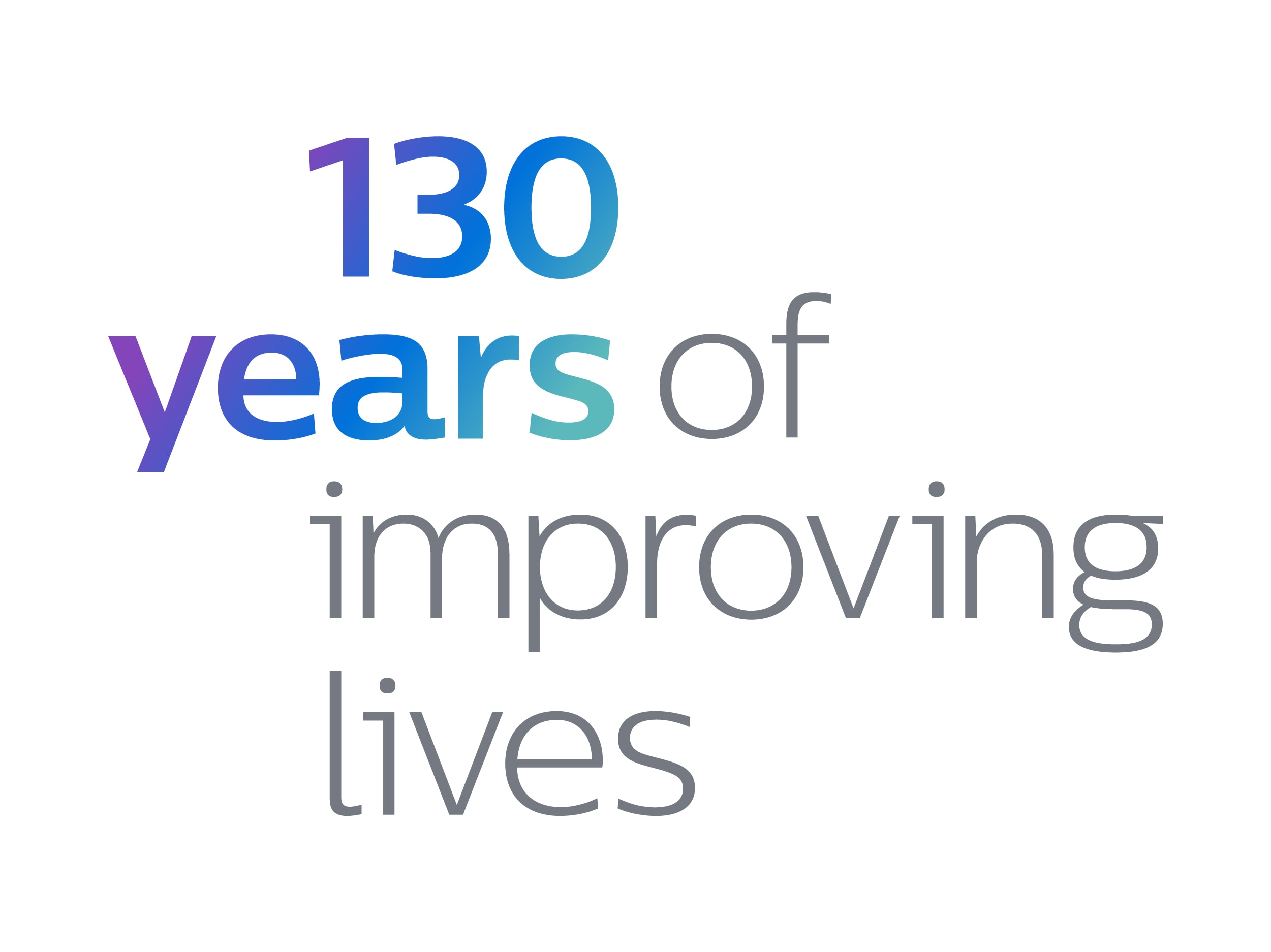When Frederik and Gerard Philips founded the company on May 15, 1891, they surely had no idea that Philips would be a flourishing multinational in 2021. And they could never have imagined the changes the company has gone through in the past 130 years. Change is a constant in the history of Philips. Between 1891 and 2021 Philips has reinvented itself several times – from a manufacturer of incandescent lamps to a producer of domestic appliances, and a health technology company. In addition to continuous change, there is one other ongoing theme that runs throughout Philips’ 130-year history: they have always been – and always will be – a company that strives to improve people’s lives all over the world. On the occasion of this anniversary they are looking at back at the historical highlights and the biggest changes.
130 years of innovation Innovation has been a top priority at Philips ever since the company was founded in 1891, but it wasn’t until 1914 that innovation really took off when Philips opened the Philips Research Laboratories (NatLab). These laboratories, where some of the world’s finest scientists worked together on ground-breaking inventions, went on to become one of the leading research centers in the world. By listening carefully to the needs of our customers, they have achieved two breakthrough innovations in the field of X-ray: the Metalix in 1924 and the Rotalix in 1929. The Metalix was the first X-ray tube with a metal housing to provide protection against harmful X-ray radiation. The tube was also compact and that meant it could be used for patients at home. In 1929 Philips developed a revolutionary new tube – the Rotalix – which significantly improved the quality of X-ray images. Thanks to this X-ray tube it was possible to obtain images of not just bones but also organs like the heart and the lungs. This represented enormous progress. The principle of the Rotalix is still used in X-ray tubes for medical applications today.
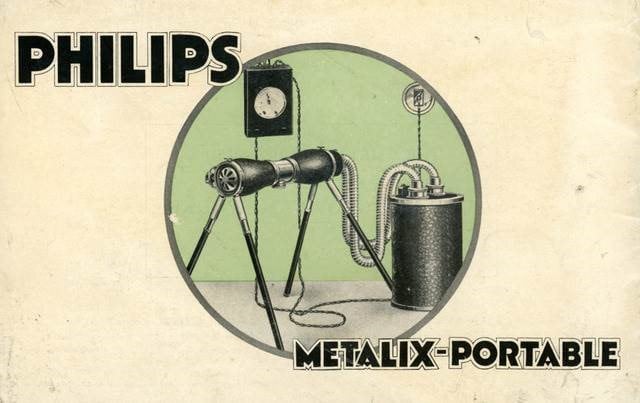
From 1932 onwards this X-ray tube was implemented on a large scale to help diagnose the infectious disease TB, first among Philips employees and their families and then among all residents of Eindhoven. The results were quite staggering: there were no less than 60% fewer victims of TB in Eindhoven than in other cities. The Rotalix tube was subsequently used all over the Netherlands to diagnose TB early so that it could be nipped in the bud.
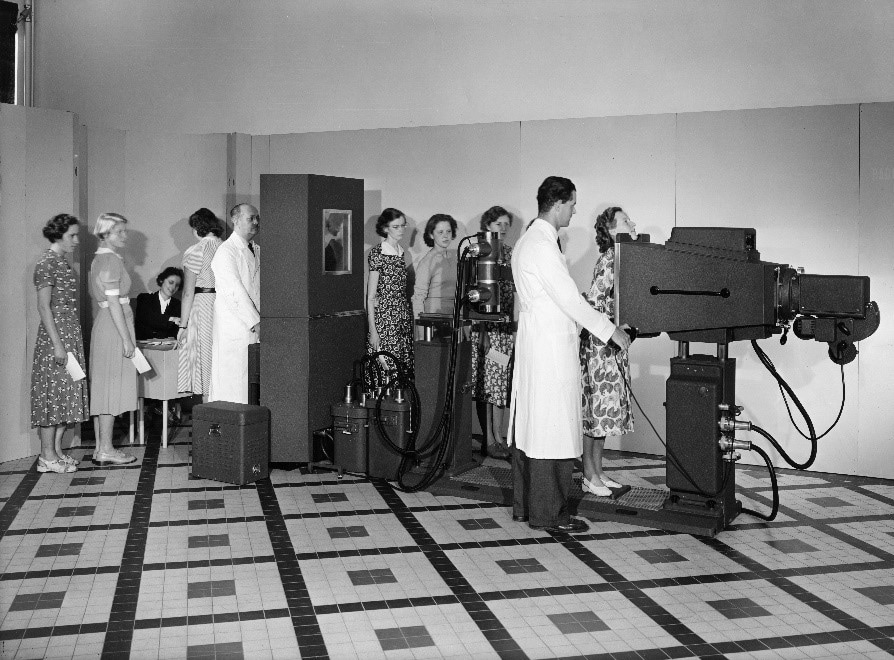
When the company decided to focus on digitalization in the 1980s and 1990s – initially for consumer electronics– the researchers very soon realized that the digitalization of data could also radically change healthcare. Thanks to digitalization, it is now easier for medical practitioners to share patient data, and X-ray images can be stored so that they are more easily accessible. This optical technology is now used globally within the healthcare profession to scan cell tissue and to store the resulting images in digital format. 130 years of collaboration Ground-breaking innovations like these are not something you achieve on your own, of course. Philips works closely together with partners in healthcare to develop new solutions. Why? Because they believe that effective co-creation gives rise to the best solutions. They look at every challenge from different perspectives and always with a fundamental understanding of people’s needs. The first time Philips worked together with medical specialists was back in 1917. A radiologist from the Antoni van Leeuwenhoek hospital in Amsterdam asked if Philips would be able to repair an X-ray tube. That was the company’s first foray into the world of medical components and systems... and it led to ground-breaking X-ray systems. Since the 1990s many disciplines have been involved in the development of new inventions. In recent years Philips has developed medical innovations that have become iconic, like the Ambient Experience in making scans. Launched in 2003, this ‘experience’ is now used around the globe. Thanks to the calming and relaxing environment, patients don’t just feel less stressed, they are also better able to lie still, which means that scans can be completed more quickly. The development of the Ambient Experience is a good example of effective cooperation between researchers and designers, medical practitioners and the patients, for whose benefit the Ambient Experience was designed in the first place.
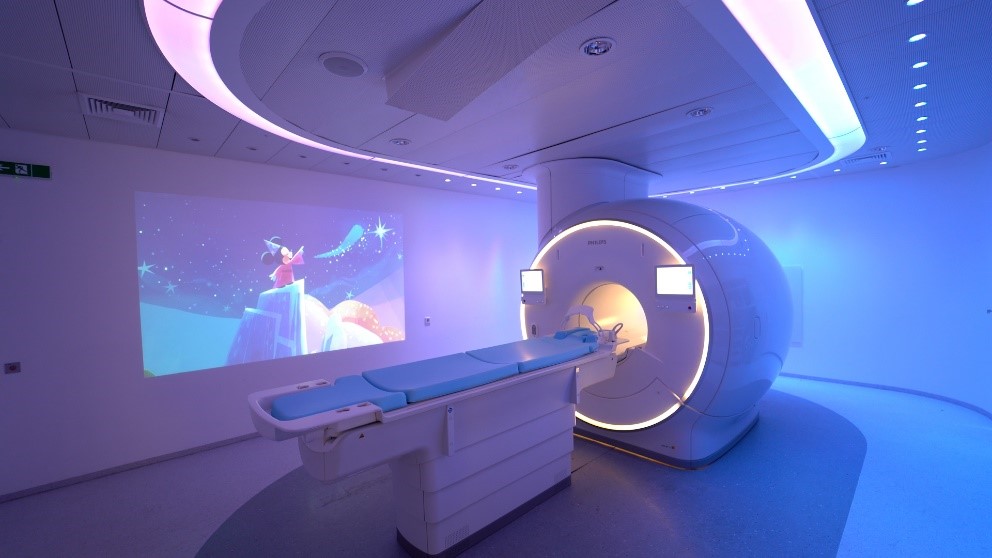
The Philips Azurion from 2017 was also developed in close conjunction with medical practitioners. This platform for image-guided procedures enables razor-sharp images of organs and tissues to be displayed during minimally invasive procedures. During the procedure medical practitioners can ‘navigate through the body’ and, what’s more, they are then able to instantly bring up on the screen all images that relate to the patient, such as scans and 3D visualities. 130 years of corporate social responsibility Families from all over the Netherlands and from other countries too came to Eindhoven at the start of the 20th century to work for Philips. They had to work hard, but the company took good care of them. As one of the first companies in the Netherlands to do so, from 1900 onwards Philips paid its employees even when they were off sick. The company also set up a pension scheme in 1913. Philips built residential areas with modern houses, like Philipsdorp. It also promoted education and vocational training. Children were able to study thanks to a study fund set up by the company for its employees. In addition to all that, Philips provided social, medical, cultural and sports facilities, such as sports stadiums, an outpatient clinic and a theater – the ‘Philips Ontspanningscentrum’. At a time when sport was mostly reserved for the elite, in 1913 the company set up the Philips Sports Association, known as ‘PSV’, and from then on the employees were able to practice all kinds of sports. PSV football club even went on to become a club of international standing.
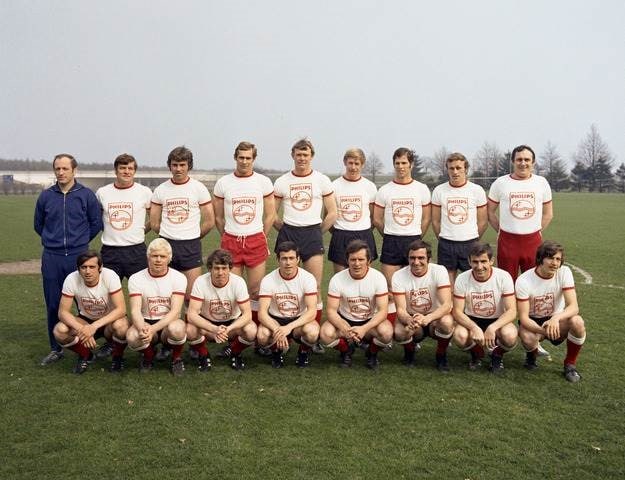
But Philips has also taken responsibility for things outside their own company. In the late 1960s, in the midst of lamps, radios, televisions, vacuum cleaners and shavers, they realized that there was a limit to the unbridled consumption of raw materials. Philips contributed to the Report of the Club of Rome, which served to focus international attention on this problem. And at that time Frits Philips started actively implementing a policy that took account of the impact the company’s business activities were having on people, society and the environment. He famously said: “Anyone who wants to become an entrepreneur but lacks a social conscience is doomed to fail.” Today Philips is continuing his vision with our Healthy People, Sustainable Planet program. Their targets for 2025 include climate-neutral production, generation of electricity from renewable sources, and sales made up of seventy percent green products and services, to name but a few.
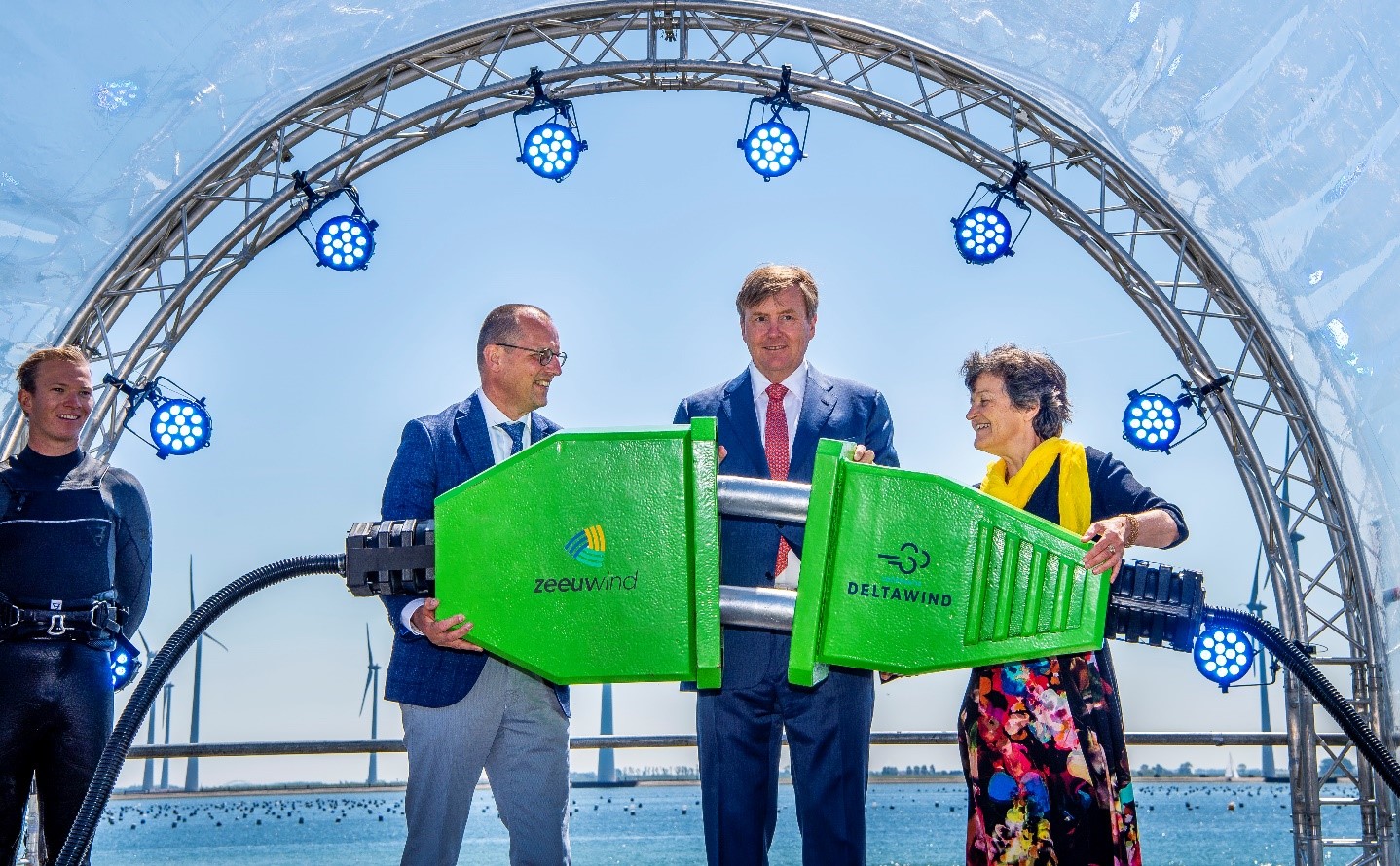
They are also taking their social responsibility in the healthcare sector. For example, in 2014 they set up the Philips Foundation to tackle inequality in global healthcare provision. Together with key partners like UNICEF, Amref and Save the Children, they’re working on projects to improve access to good quality healthcare for people from disadvantaged areas or areas affected by conflict, such as Aleppo. Together they’re creating innovations, providing direct access to healthcare in disaster-stricken regions, and improving healthcare provision in the community. Together, forward It is clear. As pioneers in healthcare, Philips is continuing to strive for a healthy future for the planet and for people. The never do this alone, because they are only too aware that they need their partners to help them drive progress. Together, forward. And together we are improving people’s lives!
